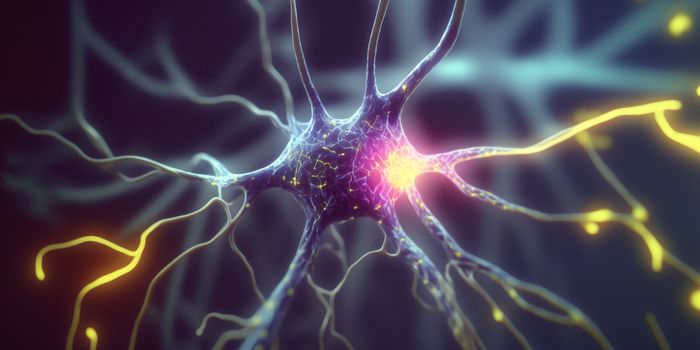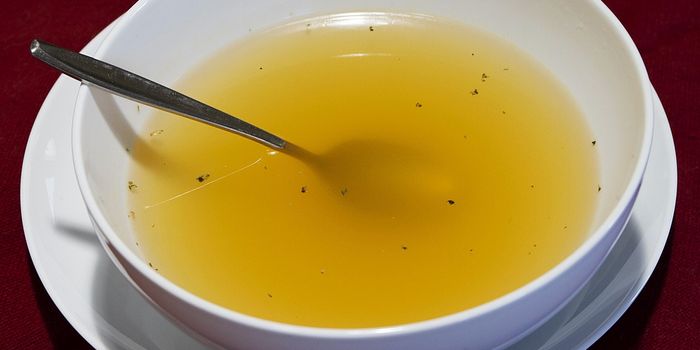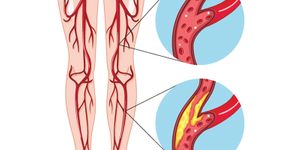Are Women's Brains Protected From Cosmic Rays?
Going to space is a dream for many. Astronauts are viewed almost as superheroes, but the dangers of space travel cannot be underestimated. On long trips, similar to what would be needed to send a crewed mission to Mars, there is the danger of stress and mental breakdowns during the long voyage into the vastness of space. With any mission that goes beyond a low Earth orbit, there is an enormous amount of galactic cosmic radiation, which can be toxic to the brain.
High energy protons and other charged particles collide and produce unprecedented levels of radiation. These rays mess with the cells and molecules in the body and can do some real damage to cognition and memory.
For those who spend time on the International Space Station, there are radiation shields in place, and the ISS is only exposed to a few minutes of radiation each day. It's difficult to study because ethically, you cannot expose astronauts to radiation just to see what happens. Recent research into a simulation of space-like radiation in mice has revealed an unexpected result. The study showed that not everyone's brain is impacted in the same way by cosmic radiation. Research funded by NASA and carried out at UC San Francisco shows that in female mice, there were no signs of cognitive decline or structural changes in the brain. Male mice showed significant damage to the brain in the same environment.
Dr. Karen Krukowski, Ph.D., is a postdoctoral researcher and the first author of the research paper which was published online this month in the journal Brain, Behavior, and Immunity. She explained, "We can see stark differences in the female responses, from behavioral read-outs down to the cellular and molecular level, when compared to the male counterparts. We did not expect to see a difference – it was a bit surprising."
UCSF neuroscientist Dr. Susanna Rosi, Ph.D., oversees the lab that conducted the research. She is also a professor of physical therapy, rehabilitation and neurological surgery and a member of the UCSF Weill Institute for Neurosciences. In a press release she stated, "Thanks to NASA, we are planning on doing further research to understand the specific mechanisms behind these profound differences. Based on recent evidence, we believe that cells known as microglia protect the female brain against insults such as deep space radiation. Understanding what makes these cells more resistant could be key to pinpointing specific treatments."
Limiting exposure to radiation is crucial if NASA is to launch a spacecraft to Mars by the year 2030. Understanding that radiation exposure to the brain differs in men and women is a significant piece of the puzzle of getting astronauts into deep space. The most recent class of astronauts at NASA is 40% female, so it's important to realize the differences between men and women when it comes to brain health in space.
So how did they do it? A specific mixture of protons, helium, and oxygen dubbed the "GCR cocktail" was developed for the work. Previous research used just single elements of radiation found in space and used only male rodents. A mixture is closer to what would be found out past the Earth's magnetic field and sex differences matter.
The male mice in the study had significant behavioral changes, difficulty recognizing familiar objects and their interaction with other mice dropped. Increased activity of immune cells in the brain also occurred, in the hippocampus which is where memory and cognition are processed. Synaptic connections fell in this area, and AMPA receptors needed for neurotransmitters also decreased. In the female mice? None of this happened. They had no reduced cognition, no behavior changes and no loss of any receptors.
The differences could be related to the fact that female mice have more resting microglia cells. These prevent the inflammatory response that was seen in the male mice. Without the excitability of the cells, the brains of female mice were protected. The work will continue, with different kinds of radiation as well as efforts to "reset" the immune response to see if that will help protect male brains. To learn more about this study, check out the video below.









